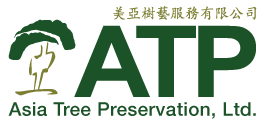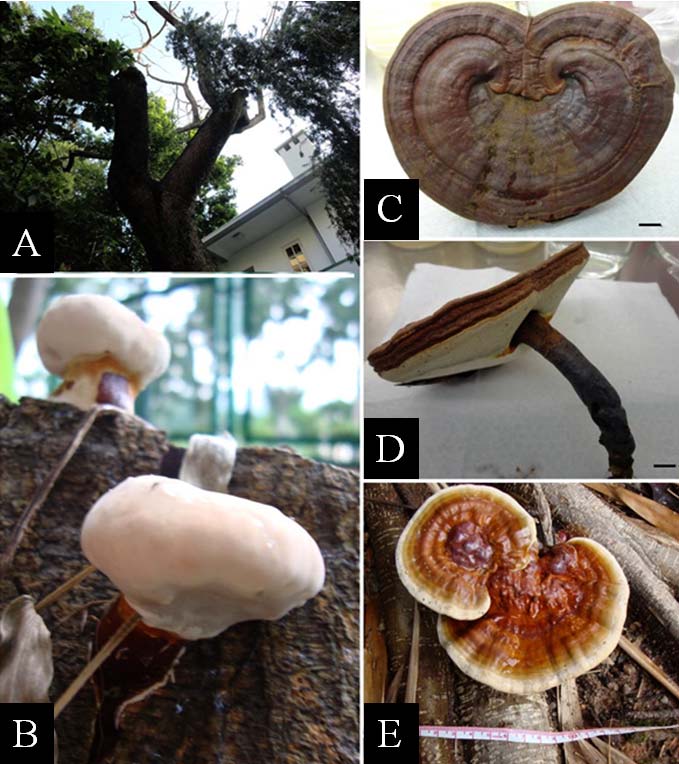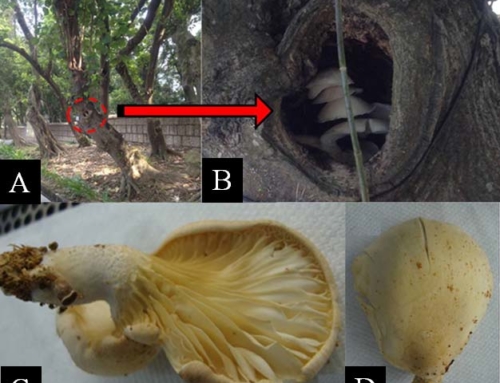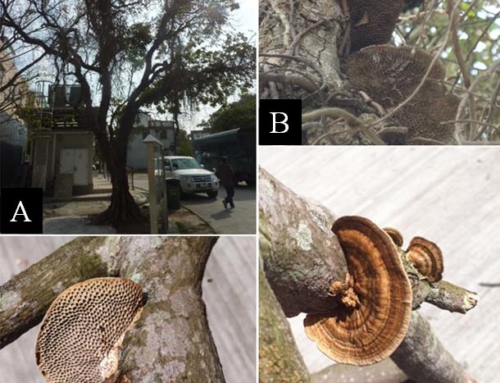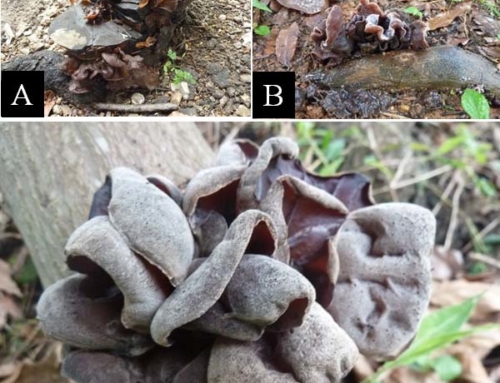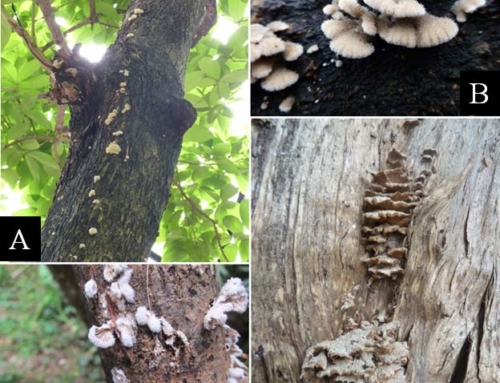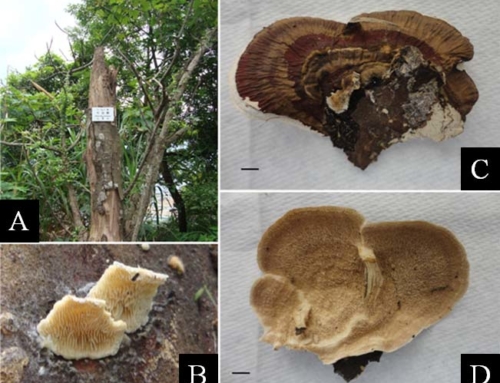Fruiting Body
Fruiting bodies 2 × 4 cm to 4 × 8 cm in size and 1 cm to 3 cm in thickness; pilei reniform, flat, spongy, corky or woody when aged, yellowish-brown
to red brown in colour, with a white margin, lacquer-like luster, striate, young or fresh fruiting bodies occasionally appeared as chunks of white mycelia-like masses on the stalks; stipes 7-15 cm long, 1-2.5 cm thick, lateral; pore surface white, with yellow patches sometimes, blood red to purple red when touched, pores round 5-6 per mm; spores 9-12 × 4.5-7.5 μm, oval, brown.
Distribution and Host Range
Ganoderma lucidum sensu lato (broad sense) infects broadleaved trees. Locally it is commonly found on Acacia confusa and Ficus microcarpa.
Signs and Symptoms
Ganoderma lucidum sensu lato (broad sense) is mainly associated with roots and root collar regions. Occasionally the lower trunks would also be affected. At the early stage of infection, no obvious abnormality could be observed in the tree crown, although fruiting bodies of the fungus may be
present. As the infection continues, crown abnormality (e.g. sparse foliage density, small leave size, discolouration on leave, etc.) become obvious along with profuse formation of annual fruiting bodies on roots, root collar and lower trunk of the infected tree. Fruiting bodies are easily observable during wet season and withered, discoloured ones could also be observed in the dry season. At the time of sporulation, brownish yellow powdery spores could sometimes be found near the fruiting bodies.
Pathology
It is a pathogenic fungus causing white rot decay on trunks and roots, which can lead to tree death in a few years after infection, in particular, if
the trees have been under stress.
Management and Control
Risk category: Moderate (ORANGE) Since this fungus could adversely affect tree health and structural stability, infected trees should be put under regular monitoring. Fruiting bodies of this fungus observed on trees should be removed to minimise the risk of building up of fungal inoculum and infecting adjacent trees. Fungicides may still be used as an interim measure for trees exhibiting early or advanced stage of infection, though the treatment may not be effective to hamper the onset of the disease. At the advanced stage of infection in which the structural integrity of the trees is undermined and could not be mitigated through installation of props and wires, removal of structural limbs and/or whole tree should be considered.
Citation: Note on Common Wood Decay Fungi on Urban Trees of Hong Kong
